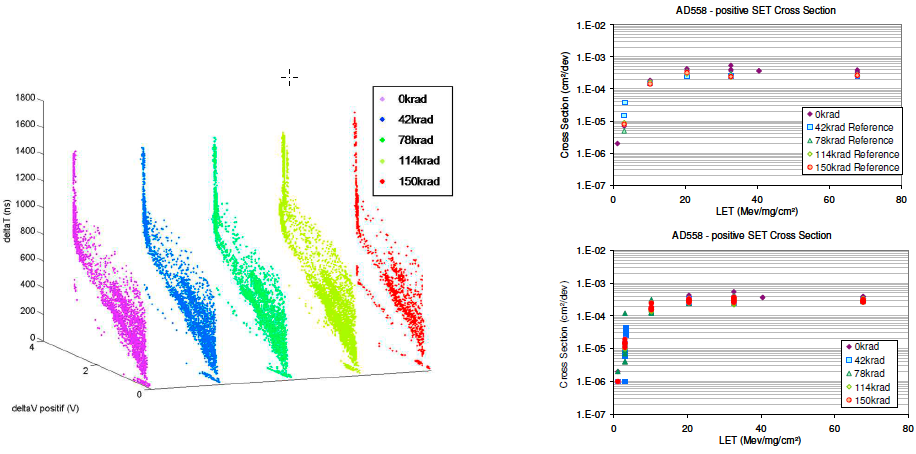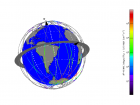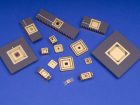Talk summary:
The radiation hardness of modern electronic devices regarding the space radiation environment is characterized according to two main aspects: cumulated effects and single event effects. The parts radiation qualification process includes Total Ionizing Dose (TID), Total Non-Ionizing Dose (TNID) and Single Event Effect (SEE) tests, usually performed independently.
The aim of this study is to evaluate the potential synergetic effects of TID on SEE sensitivity for 4 different types of electronic devices commonly used in space applications: – ADC AD9042 from Analog Device – DAC AD558 from Analog Device – Flash NAND MT29F4G08AAC from Micron – SRAM R1RW0416 from Renesas
After his graduation he joined TRAD in Toulouse, France, as a radiation test engineer.
With 4 years of experience in radiation characterization. He implemented a wide variety of electronic components test-benches – including analog, digital, and mixed signal devices – which he operated for radiation tests – Tid, SEE, TNID and FLASH X.
Digital Hi-speed 65 nm Test Vehicle for TID radiation test Hirex Engineering
Component selection
Four different type of devices have been selected in order to have different functions, manufacturers and technologies.

Test plan principle
The plan principle is made by 3 step. This step are composed for TID and SEE test in the different instances. A standard test is used in the Step 0,with a Preliminary TID and SEE test.
The Step 1, Combined TID & SEE test and the Parametric tests are performed on all devices before 60Co irradiation.
For last, the Step 2, also combined TID & SEE test and the Parametric tests are performed on 10 irradiated devices. The SEE test has been tested on 5 devices among the 10 irradiated devices.
Results analysis
Synergy effect analysis
- Impact of Total Ionizing Dose on SEE sensitivity and error bars
- Impact of bias condition during TID irradiation on SEE sensitivity
- Impact of TID on SEE signature
Conclusion
The effect of Total Ionizing Dose on the SEE sensitivity has been studied for 4 different devices:
- 400 devices procured
- 280 devices tested
- 214 devices delidded
- 145H of heavy ion beam
- 88 devices measured at each Co60 step

External parameter continuous monitoring showed:
- No Impact of delidding on TID degradation
- No Impact of delidding on SEE sensitivity
- Good testbench stability
No Impact of TID on SEE sensitivity:
- Weibull parameters
- Error bars
No Impact of TID on SEE signature:
- SET shape
- SEU bit localisation
- MBU multiplicity
⇒ No impact of TID on SEE for these references up to 150krad(Si)
Download or read the full report here
- Quantum Key Distribution - 7th November 2022
- Conducted Immunity - 20th May 2019
- Electrical transients Test - 2nd May 2019




